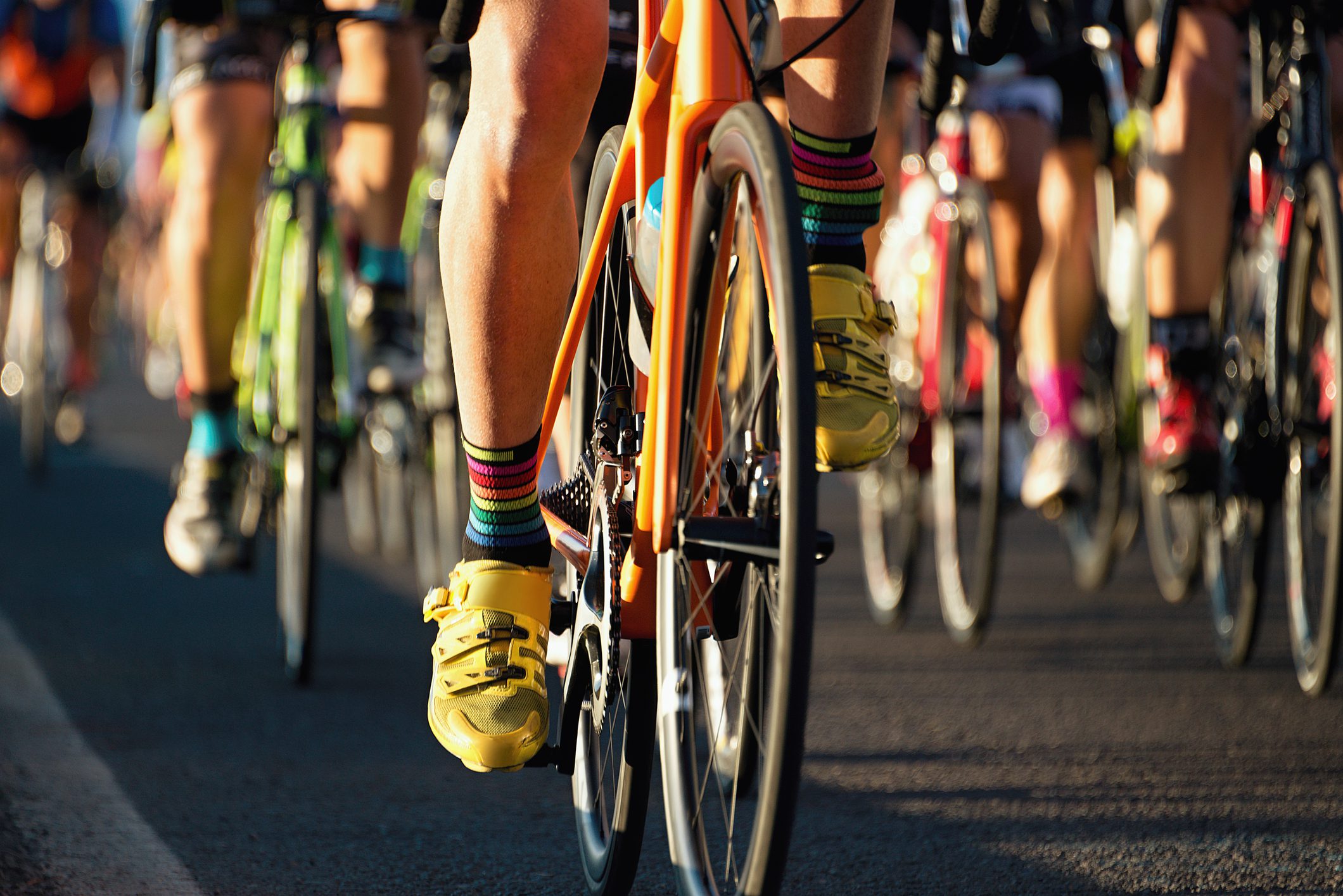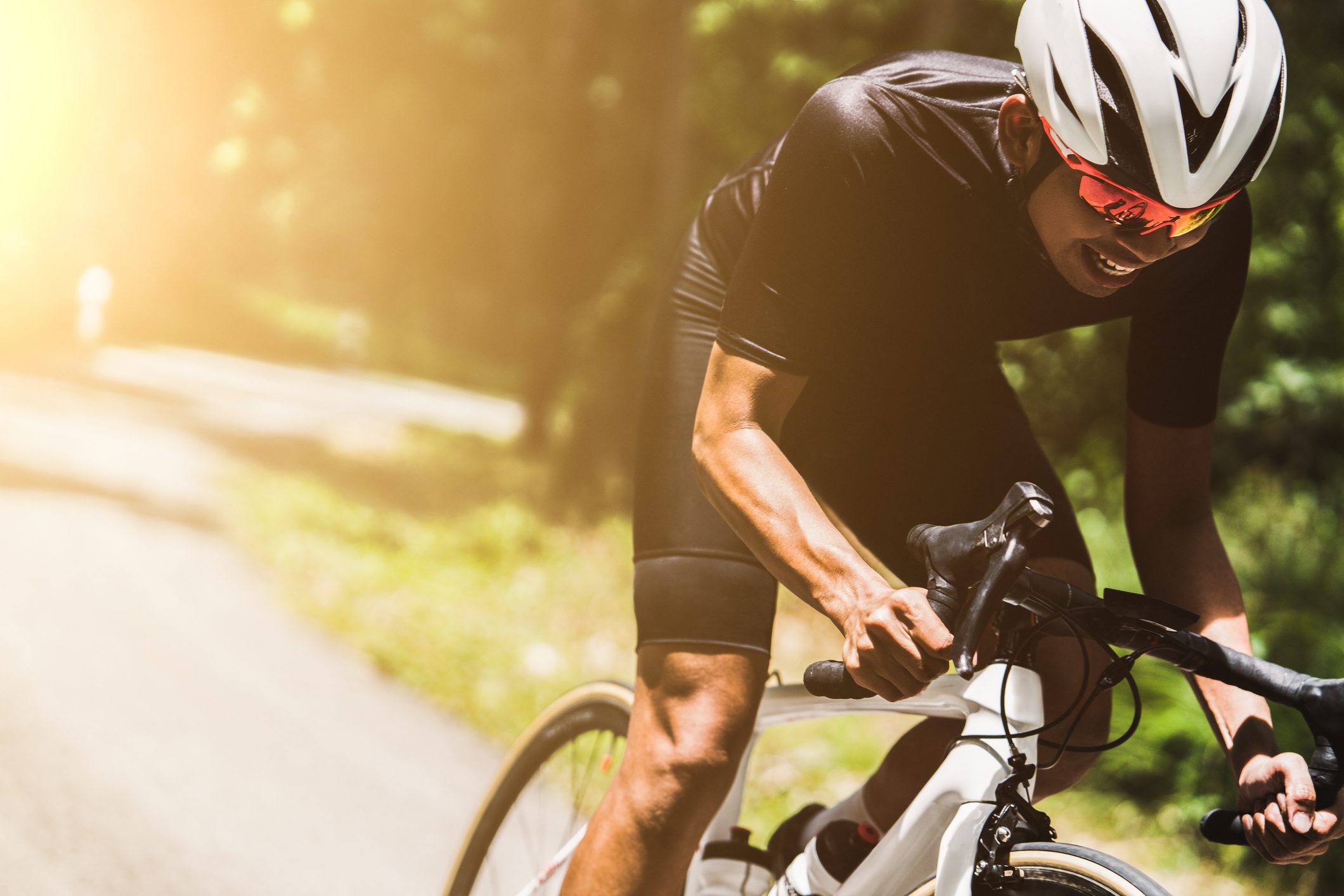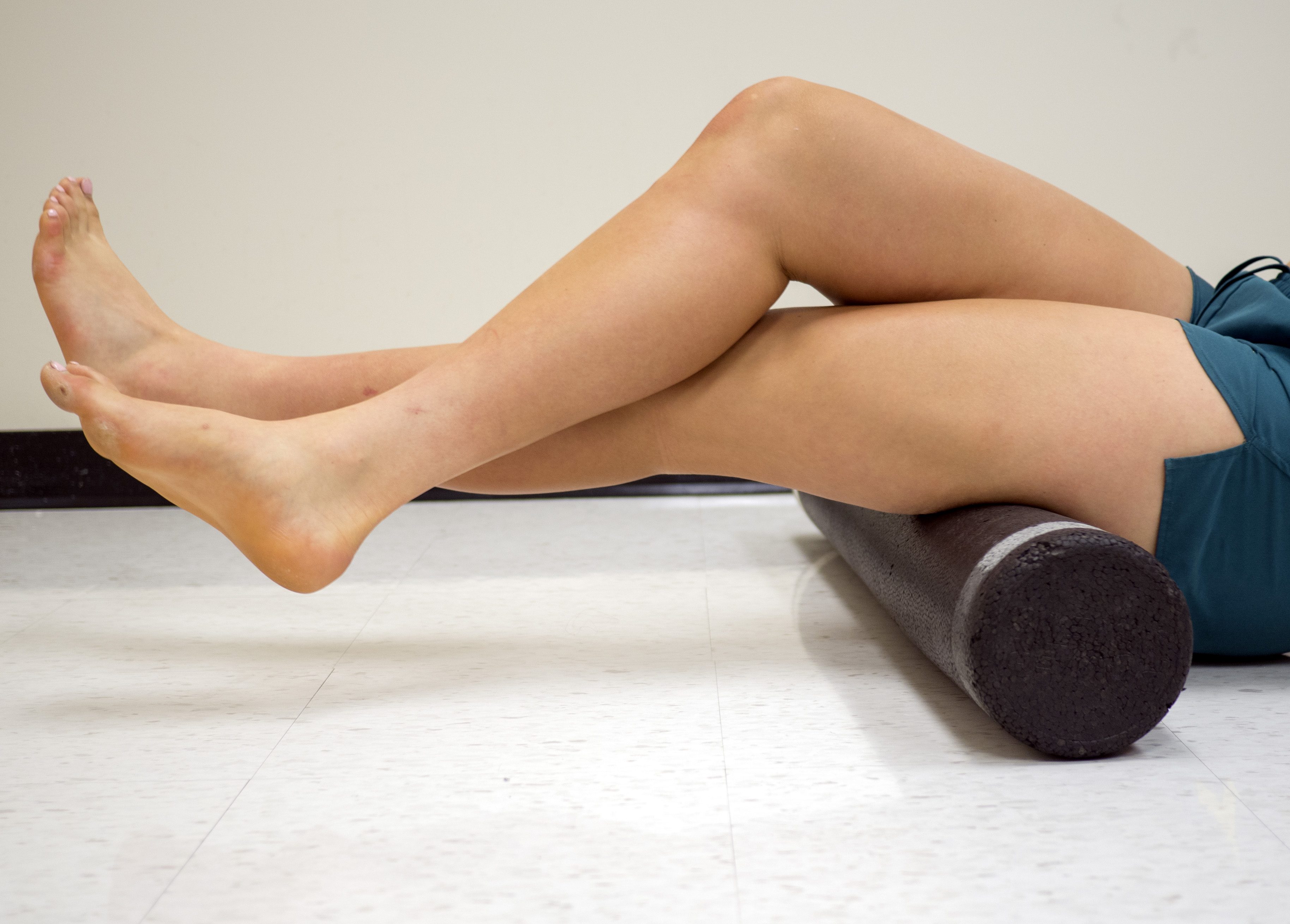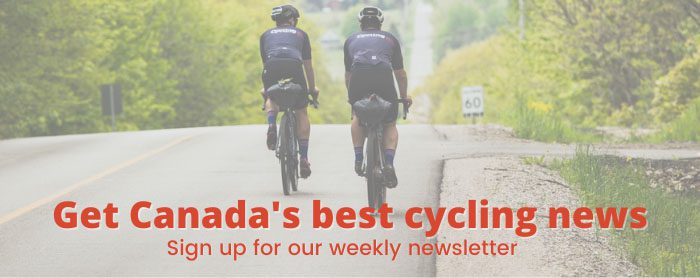How to prevent and treat cycling knee pain
Everything you need to know about one of the most common injuries from riding

Cycling may be a low impact sport but kilometres in the saddle can cause its fair share of problems and injuries. No issue is more annoying than knee pain which can flare up suddenly and if not addressed can prevent you from completely riding pain-free.
Most knee problems caused by cycling become an issue when you ramp up the distance or intensity of your riding causing strain in the muscles and tissue in your legs. Your knee is the joint that takes a lot of the force in a pedal stroke and over time can be aggravated in a varied of ways. A good bike fit and the right equipment are essential to keep your knees happy and healthy. This guide will help you to treat and prevent knee problems.
How to treat knee pain
The knee is a complicated joint but rarely is pain in the knee from cycling caused by a problem with the knee itself. Issues in any muscle or ligament between your hip to your foot can cause pain in the knee to flare up. The first step to treating knee pain is identifying the cause of the problem.
Pain in the front of the knee
Anterior knee pain in and around the patella is often caused by saddle height or position. The quad muscles attach to the shins through the joints that run across the kneecap. If your saddle is too low, the angle when your knee is at the top of the pedal stroke might be too tight which can cause pain in the tendons behind the kneecap. Crank arms that are too long can also create this issue. If you are experiencing pain in the front of your knee it’s worth examining whether your saddle needs to be a bit higher but don’t make drastic adjustments or you may aggravate other muscles or tendons.
If it’s not saddle height, your saddle position could also be the culprit. If your saddle is to too far forward, your knee may be strained during your pedal stroke. A general recommended method of setting the fore-aft saddle position is to position your foot at the 3 o’clock pedal position. At this point, the front of your knee should be in line with the pedal spindle. Though a helpful guideline, this method does not take into consideration individual variances in body type and flexibility.
Other causes of pain in the front of the knee can be mashing too big of a gear when riding but especially when climbing and sprinting. Tight quads or IT bands could also be causing you to feel pain in the knee. If your cleats are overly tight, you may be also putting too much strain on your knees when unclipping.
Pain in the back of the knee
While less common than pain on the front of the knee pain in the back of the knee can also be an issue. The problem could stem from your saddle being too high and too far back. Overextending the knee during your pedal stroke can cause a variety of problems that may manifest into feeling pain in the back of the knee. If your hamstrings are tight, it can also cause knee pain because of how the hamstring muscles wrap into the back of the knee.
Pain on the outside of the knee
Your cleat position is a likely cause of pain to the outside of the knee. Making sure your cleats are well aligned takes some time. Make gradual adjustments to your cleat position if you are experience knee pain. You can also purchase cleats with more float so your foot can move around more freely instead of being confined to a narrower position on the pedal.
Lateral knee pain can also be caused by a tight iliotibial (IT) band. When the IT band becomes tight or strained, it can cause a sharp pain on the exterior of the knee where the band joins the tibia. The IT band runs along the hip. Rolling, massaging and icing the IT band can help reduce inflammation.
Pain on the inside of the knee
Like pain to the outside of the knee, pain on the inside of the knee could be caused by your cleat position. During the pedal stroke, your legs are ideally aligned with the knee tracking straight and not outwards or inwards. The Q-factor, how far your feet are apart laterally, can also be the cause of pain in the knee. The Q-factor can be adjusted by the cleat position but also by the spindle length on your pedals.
Prevention
Increase your cadence
For many people, knee pain can flare up when they are griding instead of spinning, especially when climbing or putting down a lot of power. As a prevention method to these sorts of problems, it’s a good idea to track your RPM with a cadence sensor and try to keep your cadence between 80 and 100 rpm. If you are finding you are grinding on climbs, consider adjusting your gearing on your bike with smaller chainrings or a wider cassette.
Strengthening
Doing strength training can help address a lot of problems on the bike. Having strong glutes, hamstrings and core will keep you stable in the saddle when pedalling hard reducing the likely hood of problems flaring up from weakness in your pedal stroke. Working a strength regime beyond your riding can help prevent knee problems.
Build up mileage gradually
When cyclists suddenly ramp up their mileage drastically, it can cause a number of issues including knee pain. If you have a big ride, bike trip or week of riding planned, don’t embark on it suddenly. As you begin riding more in the spring or after a break, give your body time to adjust to the increased hours in the saddle so you don’t experience knee pain. If you ramp things up slowly, you may also get the chance to adjust things like your position before the pain becomes a bigger issue.
Get a bike fit
If you have tried adjusting your own position without success or if you want to optimize your ride position, it’s a good idea to get a professional bike fit. This can help prevent a whole host of problems including knee pain.
Stretching and rolling
Working in stretching or alternatively yoga into your schedule can reap real benefits. Not only will stretching help in recovery but it can also help prevent injuries. By frequently stretching you may also notice certain parts of your legs are tight allowing you to adjust your position or pedal stroke before any pain flares up. Using a foam roller can also help address stiffness and soreness in your leg muscles releasing tension and preventing pain in your knees.


